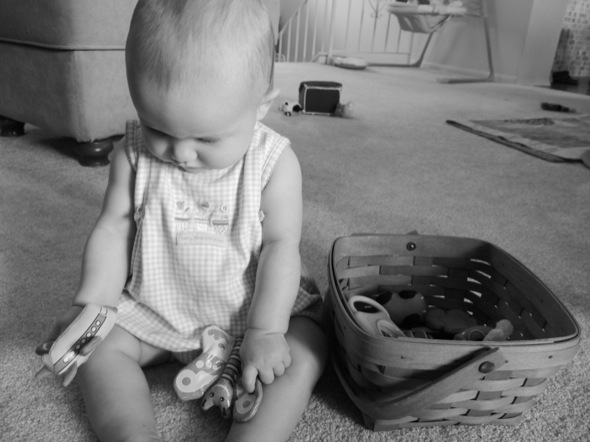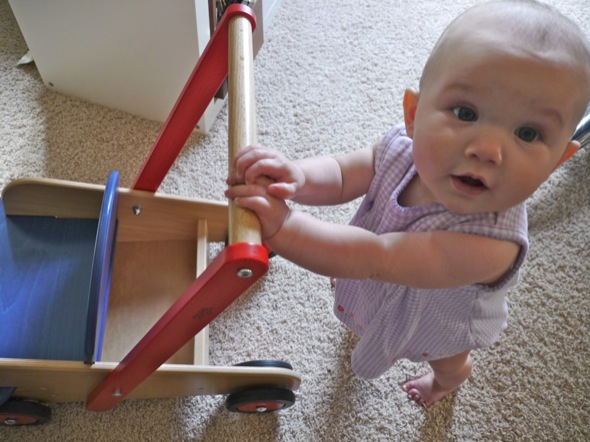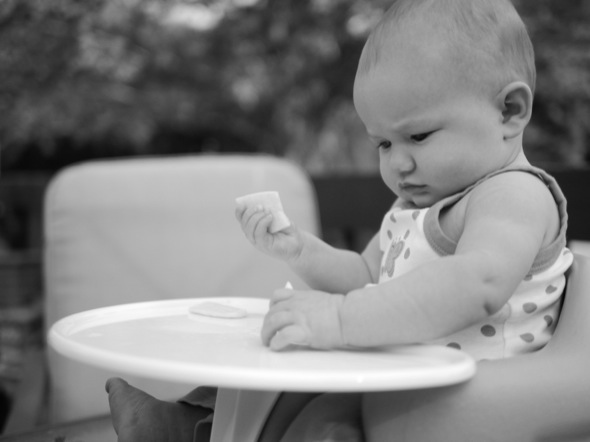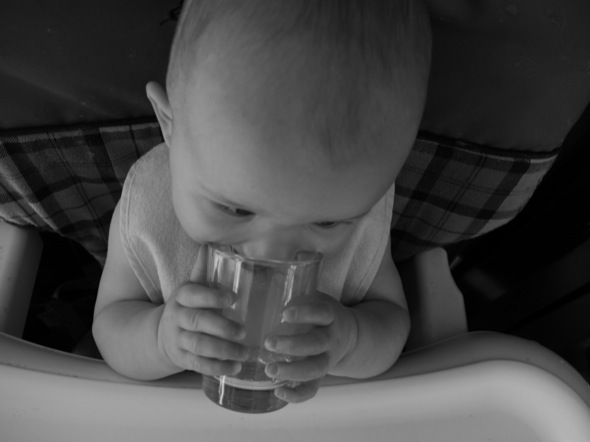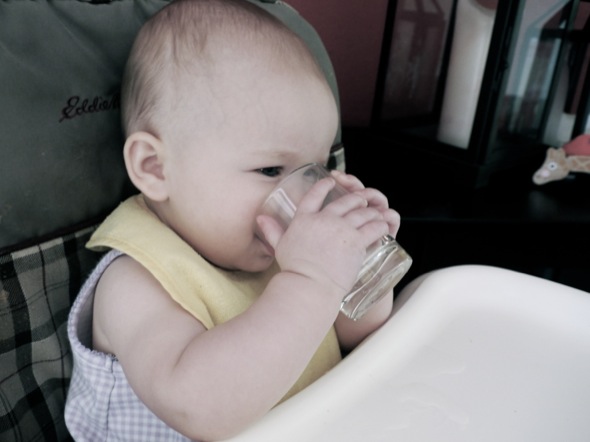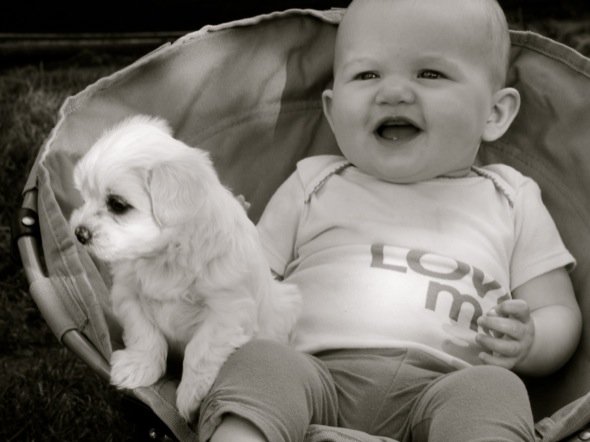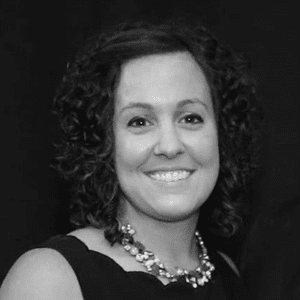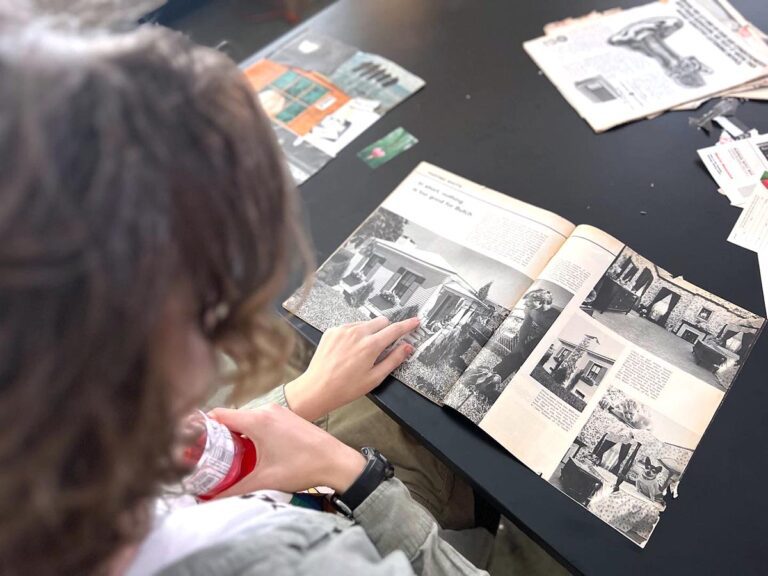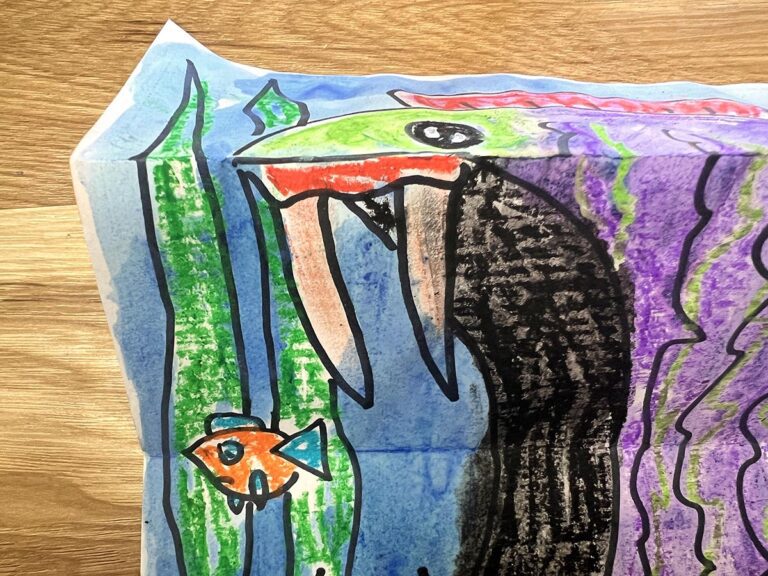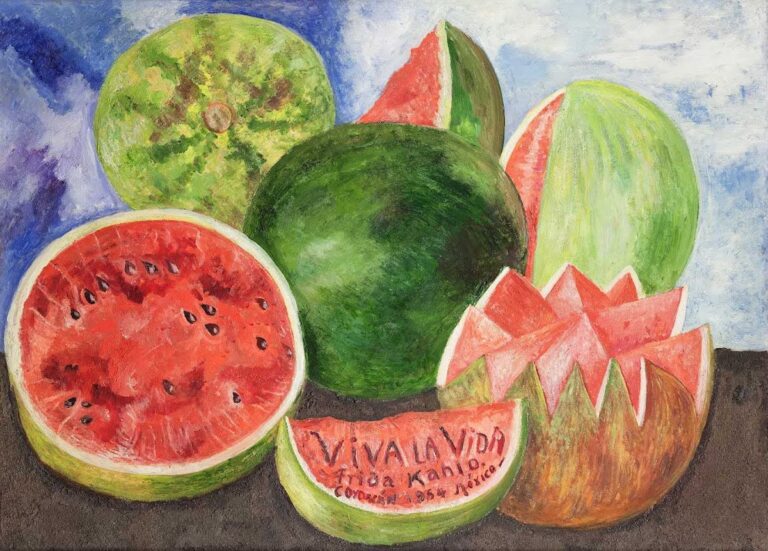A while back, I visited a Montessori school and was very impressed with what I saw. As I researched more, I found Montessori starts at home, and the philosophy can be implemented with babies, too. I was in! I don’t follow Montessori as strictly as some people do, but our family chooses to use the basic guidelines and activities as a way to plan and structure play and daily life with our little one. When you have a baby, they don’t come with an instruction manual! I found the Montessori philosophy to align with my own views, so it was a natural fit for us.
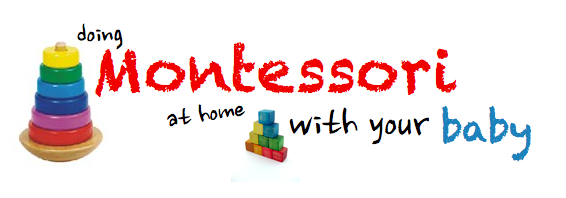
The basic philosophy is that kids are more competent than we give them credit for. We must set up a prepared environment for them to accomplish tasks and challenge them with new tasks. This idea also connects to what we do with students in the art room every day. We never know what ideas and skills our artists can accomplish until we raise the bar and put them to the challenge. Often we are pleasantly surprised with the results.
Doing Montessori at home with your baby can be fun and simple to do.
Follow these easy ideas, geared for a baby who is 6-12 months old, and watch in amazement at what your baby is capable of!
Toys
Montessori toys aren’t anything special, and you don’t have to spend a lot of money. One of our favorites has been the concept of a “treasure basket.” A treasure basket is like a sensory basket.
The idea is that you fill a treasure basket with things that have different textures and set it out for your baby to explore. The items you choose can be toys or everyday items. Personally, I gathered up a bunch of little things and toys from all around the house and made a treasure basket for each room.
Generally, when a baby discovers a basket, they will enjoy picking things out, one at a time. They may linger with some until they have combed through each item. My daughter, Nora, can spend up to 30 minutes going through her treasure basket. She gets very excited to see new items inside.
I also plan on creating a music basket and already have a music area on her Montessori shelves. You’ll want to put toys on low shelves in a simple and beautiful way and allow kids to play with them one at a time. This way they won’t become overwhelmed.
The treasure basket builds stamina at one activity, which is another Montessori philosophy. You don’t want distractions when you are trying to read and learn, right? Babies learn by playing. I rarely have the TV on when she plays. The Montessori philosophy says that any distraction will hinder learning. Without focus, learning doesn’t occur as fluidly or as readily. Traditional play areas are very chaotic. There are so many choices, screaming kids, they don’t even know what to do. This is a simpler approach.
The Montessori philosophy suggests putting toys out on a rotating basis. I made huge bin in her room that I call the “toy store” and rotate out the baskets in our main living areas each week from our little “store.” This way, she gets excited to see new things and is not overwhelmed.
We also purchased a walker wagon. It’s important your walking toy is stable, so the child can learn to pull themselves up when they are ready. I read that trying to walk with a baby while holding their hand is frustrating to the baby because they can’t keep up. It’s like we are pulling them along. The walker wagon helps them foster that independent movement at their own pace.
Other great toys we use are stacking blocks and stacking rings, a peg pounding toy, wire bead toys, musical instruments like drums, shaker eggs, and rattles, and mirrors for self-discovery. When we play, the adult models first, a few times, but does not say much. Then, it’s the baby’s turn. They are always watching what we do!
Let Me Do it MYSELF!
Another great way to foster independence is through mealtime. Montessori believes that children should, whenever possible, do things themselves, especially when it comes to everyday tasks like getting dressed, eating, cooking and cleaning up. Think of how great it can be when your students help clean up and set up the art room. It’s giving them the responsibility to not be dependent on an adult for everything.
When possible, we try to let Nora feed herself. The dissolvable puffs said on the package to wait until she crawls to give them to her. I knew she was ready, so with my pediatrician’s permission, we gave them to her earlier. Within days she had her pincer grasp down and was picking them up and feeding herself. She gets so proud!
Next comes the drinking cup. Montessori suggests not using a sippy cup with a child when possible. The reason is that a sippy cup can skew a child’s reality because they can tip a sippy over without it spilling. A sippy cup doesn’t allow kids to learn the cause and effect of their actions.
So, against my better judgment, at 7 months I started giving her a little milk (formula) or water in a small glass cup with her meals. Low and behold. Look at what the little bugger can do.
Obviously, we have to watch her carefully, but at 7 and a half months, she will take a sip, put the cup down, smile and laugh at us, and put it back up to her mouth for another sip. We’ve never had a spill, except down the front a little, which she is getting better at. It’s just amazing to me. When you present an opportunity, they will rise to the occasion. She is so proud and excited when I sign “drink”- she knows the cup is coming.
Baby sign language is a great way to communicate with your baby. We can’t utter the word “milk” around our house, or make the sign, or she will freak out. Communication at it’s best.
She is also getting independent with feeding herself using a spoon. I also have one of these do-dads that helps her pick up the puree more easily herself. It looks like a spork. She even dips into the bowl herself to get some more. She is not even 8 months old yet. Sure, it takes a lot more time and patience on our part to let her have this freedom, but in the long run, I hope it’s worth it.
One area that I disagree with in the Montessori philosophy is the technology aspect. They recommend not introducing technology to kids before the age of 10, or 4th grade. I think kids need to learn technology to keep up with society and plan to introduce technology to her at an early age. She even has her own iPhone waiting in the wings to play on (one of our old ones). How bad is that?
On the Arts
Montessori believes that art and music are not just for a privileged few, but for all to enjoy and learn from. We must learn through our hands, she believed. At home here we are going to be doing some homemade play dough very soon, and have begun to experiment with paints and crayons.
The ultimate goal is to nurture a child who can contribute positively society. Much like our art students, we are constantly finding new ways to help them succeed with this goal. Thanks for taking a peek inside our little world, and I hope it gives you a new way of thinking for you own family or your students at school.
What are some other ideas you foster independence in your art students or own children at home?
Any other Montessori ideas you are curious about or want to share?
Magazine articles and podcasts are opinions of professional education contributors and do not necessarily represent the position of the Art of Education University (AOEU) or its academic offerings. Contributors use terms in the way they are most often talked about in the scope of their educational experiences.
